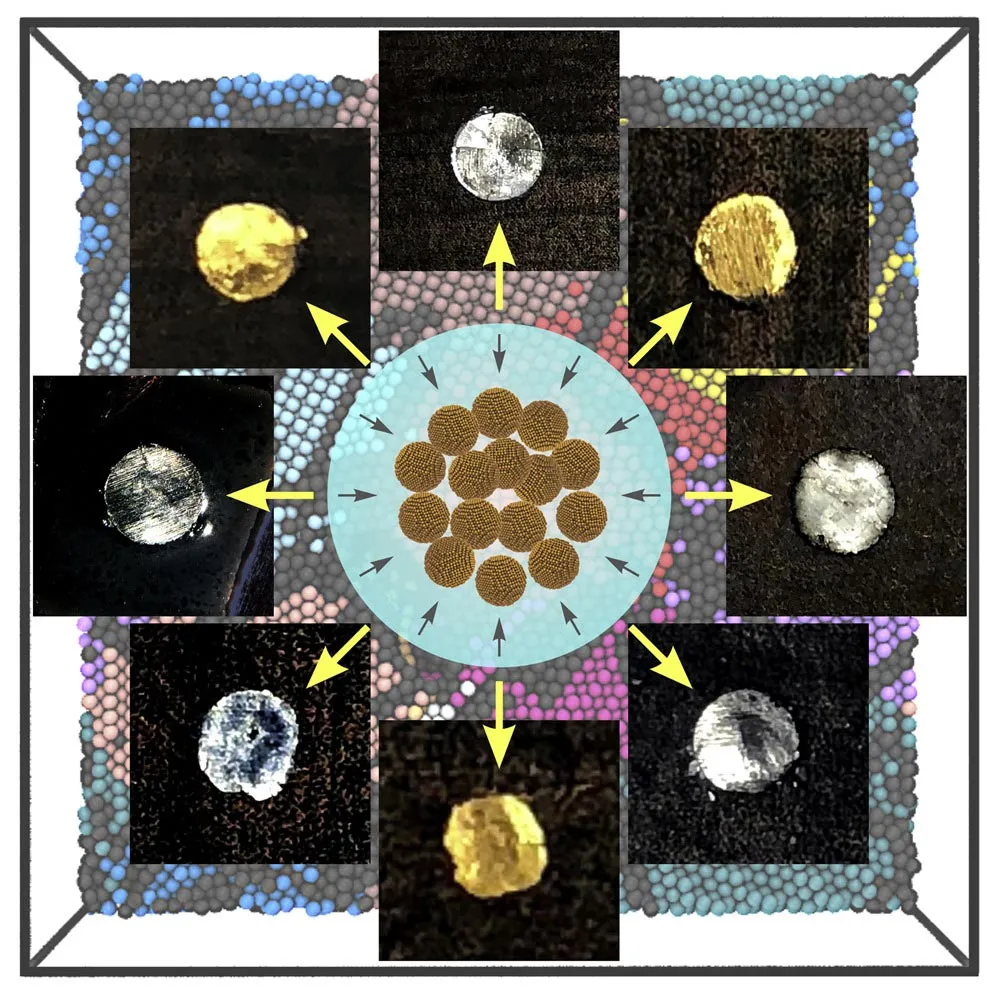
Source
According to archaeologists, human beings began to use metals 6,500 years before our era, first hammering the copper in cold from pure copper nuggets and, from the fourth millennium BC, extracting the minerals that contain it by smelting like chalcopyrite or malachite.
Según los arqueólogos el ser humano comenzó a utilizar los metales 6.500 años antes de nuestra era, primero martilleando el cobre en frío de pepitas de cobre puro y, a partir del cuarto milenio antes de nuestra era, extrayéndole por fundición de los minerales que lo contienen como la calcopirita o la malaquita.
During this age of metals, the human being will discover bronze by mixing tin and copper and then begin to use iron, first that of meteorites until their foundry was discovered and officially go to the iron age 2500 years later.
Siguiendo la edad de los metales, el ser humano descubrirá posteriormente el bronce mezclando estaño y cobre para posteriormente empezar a utilizar el hierro, primero el procedente de meteorítos hasta conseguir su fundición y pasar oficialmente a la edad del hierro 2.500 años después.
Since those times and practically to the present day, to harden the metal, it is twisted, hammered, pressed and pounded while it is hot to break the internal structure of the metal, thus making the metal harder and stronger.
Desde aquellos tiempos y prácticamente hasta nuestros día, para endurecer el metal se retuerce, se martillea, se prensa y se aporrea mientras está caliente para conseguir romper la estructura interna del metal conseguir así que el metal se vuelva más duro y resistente.

Source
After thousands of years with this technique of manufacture "top-down", that is, starting from a metal in a block and adapting it to needs by removing what is left over, now additive manufacturing and 3D printing use a process "bottom-up" that is, they add material to the construction until the desired result is obtained.
Después de miles de años con esta técnica "de arriba a abajo", es decir, partir de un metal en bloque e ir adaptándolo a las necesidades a base de quitar lo que sobra, empieza a utilizarse la fabricación aditiva e impresión 3D que utilizan un proceso "de abajo a arriba" es decir, van añadiendo material a la construcción hasta obtener el resultado deseado.
In this "bottom up" design a group of scientists from Brown University have managed to build super hard metals by "squeezing" nanoparticles of the chosen material until they melt and form a solid block of metal.
En este diseño "de abajo a arriba" un grupo de científicos de la Brown University han conseguido construir metales super duros a base de "estrujar" nanopartículas del material elegido hasta que se fundan y formen un bloque solido de metal.

Source>
For this study, the scientists made coins by squeezing nanoparticles of gold, silver, palladium and other metals that have previously been treated to facilitate the metal-metal bonds of the nanoparticles and get them to fuse by applying a little pressure.
Para este estudio los científicos hicieron monedas a base de estrujar nanopartículas de oro, plata, paladio y otros metales que previamente han sido tratadas para facilitar los enlaces metal-metal de las nanopartículas y conseguir que se fusionen aplicando una pequeña presión.
According to these experts, this technique could be applied to any metal which, with a little imagination, would mean being able to manufacture our consumer goods practically atom by atom and on demand, which would revolutionize the world of industrial manufacturing.
Según estos expertos esta técnica podría aplicarse a cualquier metal lo que, con un poco de imaginación, supondría poder fabricar nuestros bienes de consumo prácticamente átomo a átomo y bajo demanda, lo que revolucionaría en el mundo de la fabricación industrial.
More information/Más información
https://scitechdaily.com/new-technique-builds-super-hard-metals-by-smashing-tiny-nanoparticles-together/
